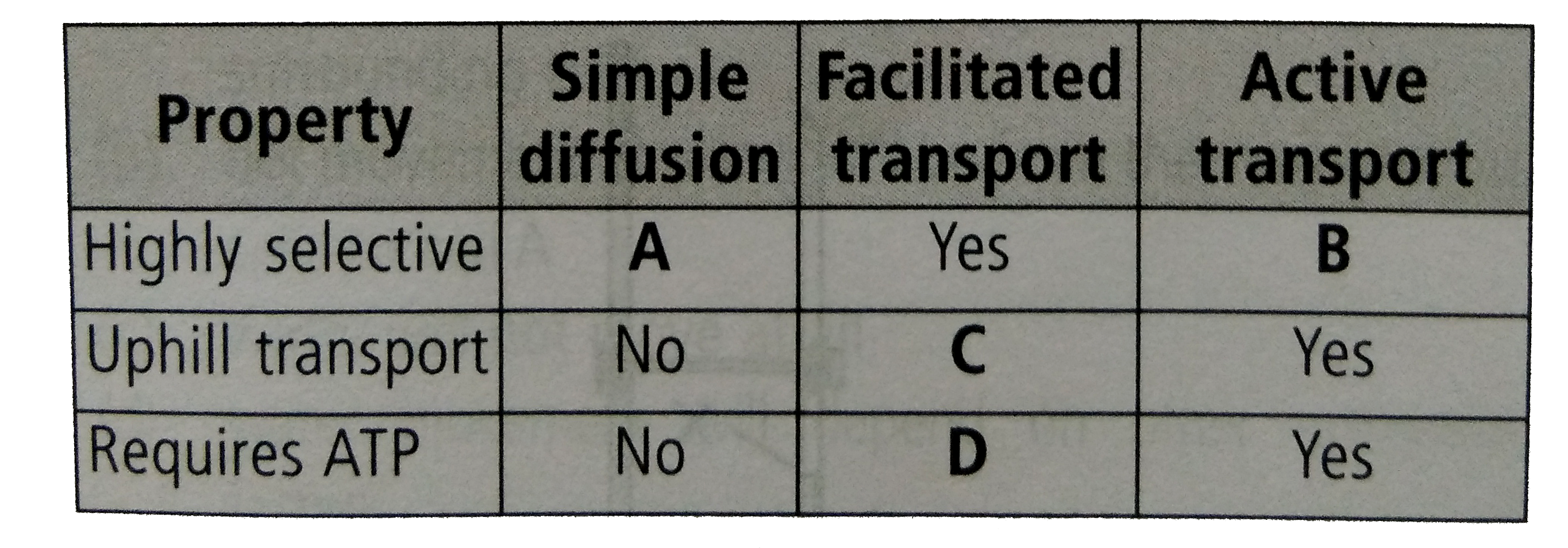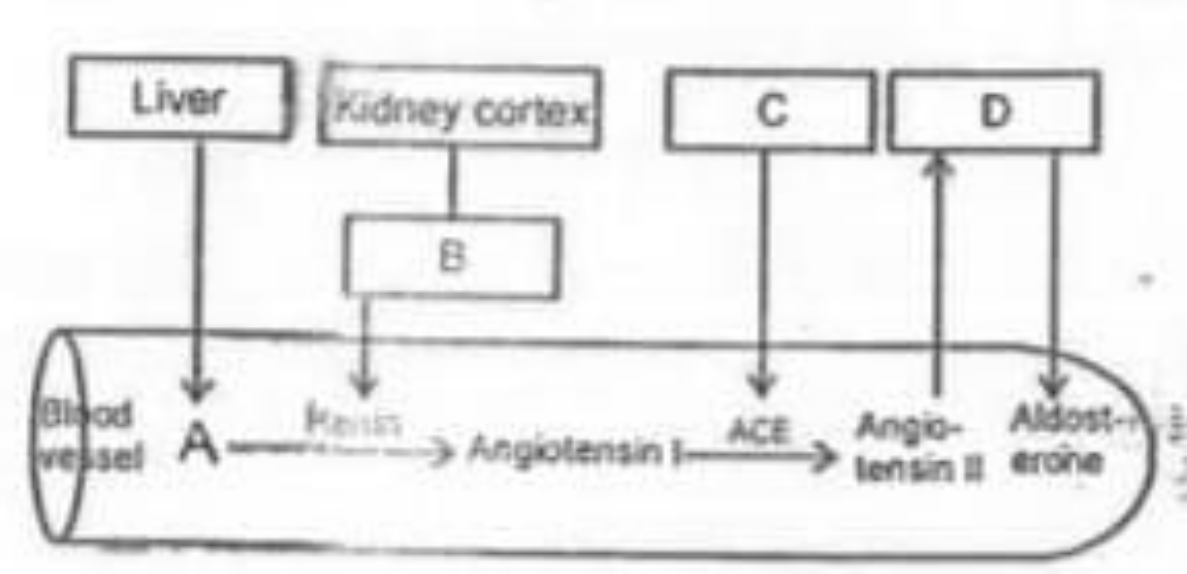Given below are four statements each with two blanks. Select the option which correctly fills up the blank in any two statements.
(i) Bhopal gas disaster took place on ___ 1994 and this day is now observed as the ____ day in India to make the anniversary of the Bhopal gas disaster.
(ii) ____ is a biodergradable pollutant while ___ is a non-biodegradable pollutant while ____ is a non-biodegradable pollutant.
(iii) When pollutants are released from a single point it is called ____ pollution, but when it is over a large area, then it is called ____ pollution.
(iv) _____ is the world's most problematic aquatic weed, introduced in India for its lovely flowers, also called as ____.
(i) December 5, National pollution prevention (iv) Parthenium, terror of Bengal
(i) December 2, Bhopal gas tragedy (ii) DDT, sewage
(ii) Sewage, DDT (iii) point source, non-point source
(iii) line source, fixed source (iv) Eichhornia, tiger of Bengal
The correct Answer is:C
To solve the question, we need to fill in the blanks for the four statements provided. Let's analyze each statement step by step.
Step 1: Analyze Statement (i)
Statement: Bhopal gas disaster took place on ___ 1994 and this day is now observed as the ____ day in India to make the anniversary of the Bhopal gas disaster.
- The Bhopal gas disaster occurred on December 2, 1984, not 1994. The day is observed as Bhopal Gas Tragedy Day.
Step 2: Analyze Statement (ii)
Statement: ____ is a biodegradable pollutant while ___ is a non-biodegradable pollutant.
- Sewage is a biodegradable pollutant because it can be decomposed by bacteria.
- DDT (Dichloro-Diphenyl-Trichloroethane) is a non-biodegradable pollutant because it does not break down easily in the environment.
Step 3: Analyze Statement (iii)
Statement: When pollutants are released from a single point it is called ____ pollution, but when it is over a large area, then it is called ____ pollution.
- Pollution from a single point source is called point source pollution.
- Pollution that comes from multiple sources over a large area is called non-point source pollution.
Step 4: Analyze Statement (iv)
Statement: _____ is the world's most problematic aquatic weed, introduced in India for its lovely flowers, also called as ____.
- The world's most problematic aquatic weed is Eichhornia crassipes, commonly known as Water Hyacinth, and it is also referred to as the Terror of Bengal.
Conclusion
Based on the analysis, the correct options to fill in the blanks are:
1. For statement (i): December 2, Bhopal Gas Tragedy Day
2. For statement (ii): Sewage (biodegradable), DDT (non-biodegradable)
3. For statement (iii): Point source pollution, Non-point source pollution
4. For statement (iv): Eichhornia crassipes, Terror of Bengal
The correct option that fills the blanks in any two statements is Option 3.
Statement: Bhopal gas disaster took place on ___ 1994 and this day is now observed as the ____ day in India to make the anniversary of the Bhopal gas disaster.
Statement: ____ is a biodegradable pollutant while ___ is a non-biodegradable pollutant.
- DDT (Dichloro-Diphenyl-Trichloroethane) is a non-biodegradable pollutant because it does not break down easily in the environment.
Statement: When pollutants are released from a single point it is called ____ pollution, but when it is over a large area, then it is called ____ pollution.
- Pollution that comes from multiple sources over a large area is called non-point source pollution.
Statement: _____ is the world's most problematic aquatic weed, introduced in India for its lovely flowers, also called as ____.
Based on the analysis, the correct options to fill in the blanks are:
1. For statement (i): December 2, Bhopal Gas Tragedy Day
2. For statement (ii): Sewage (biodegradable), DDT (non-biodegradable)
3. For statement (iii): Point source pollution, Non-point source pollution
4. For statement (iv): Eichhornia crassipes, Terror of Bengal
Topper's Solved these Questions
- ENVIRONMENTAL ISSUESBOOK - NCERT FINGERTPS ENGLISHCHAPTER - ENVIRONMENTAL ISSUESEXERCISE - Environmental Issues
142 Videos
- ECOSYSTEMBOOK - NCERT FINGERTPS ENGLISHCHAPTER - ECOSYSTEMEXERCISE - Ecosystem
140 Videos
- EVOLUTIONBOOK - NCERT FINGERTPS ENGLISHCHAPTER - EVOLUTIONEXERCISE - All Questions
160 Videos
Similar Questions
Knowledge Check
Which of the following is a non-biodegradable pollutant ?
ADDTBSewageCPlant leavesDDomestic wastesNon-biodegradable pollutants are created by
AnatureBexcessive use of resourcesChumansDnatural disasters.Refer to the given table and select the option that correctly fills the blanks in it.
 AABCDNoYesNoNoBABCDYesYesYesNoCABCDNoNoNoYesDABCDNoYesYesYes
AABCDNoYesNoNoBABCDYesYesYesNoCABCDNoNoNoYesDABCDNoYesYesYes
Non-biodegradable pollutants are created by
View SolutionNon-biodegradable pollutants are created by
View SolutionNon-biodegradable pollutants are created by :
View SolutionWhat are biodegradable and non-biodegradable pollutants ?
View SolutionGiven below is flow chart of RAAS:

choose the option which correctly fills the blanks labelled as A,B,C and D
View Solution
